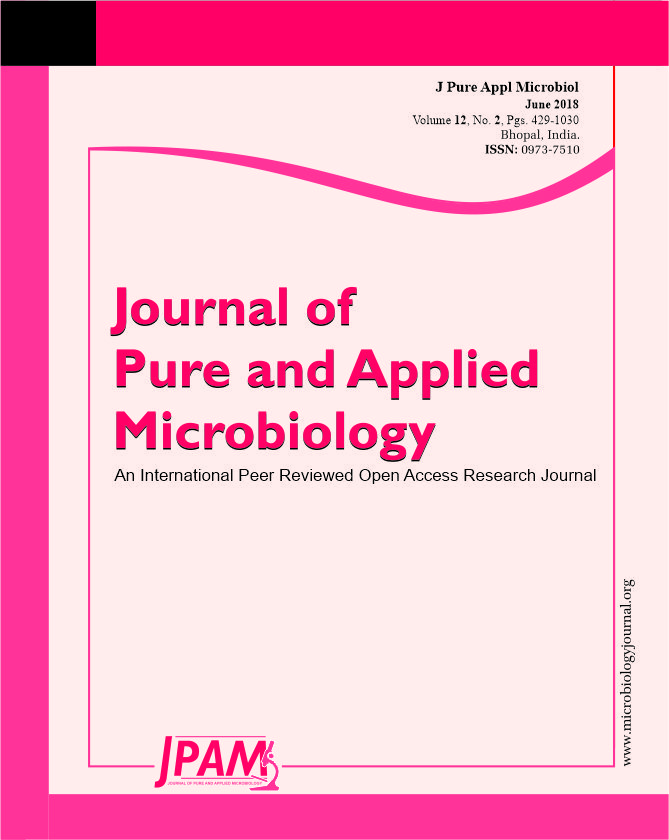The application of actinomycetes for bio-fabrication of silver nanoparticles as a rapid, eco-friendly and promising approach is desired for its non-toxicity and simplicity advantages. From sixteen actinomycetes were isolated and checked for their ability to produce nano-Ag, Streptomyces rectiviolaceus strain SMWN3.2 showed more effective nano-Ag (surface plasmon resonance peak at 420 nm and its size 10nm) as an antimicrobial agent. Comparing with the biological process microbial nano –Ag synthesis have advantageous because of its natural abundance, easy culture and its potential to scale up for large scale synthesis, By using Plackett-Burman and Box-Behnken experimental designs the optimized medium components recorded the larger biomass production (16g/l) than the basal conditions (3.8 folds). Also, the optimal nano-Ag bio-fabrication conditions were 0.5M silver nitrate and 5v/v cell filtrate at 45°C. Kinetic conversion rates in submerged batch cultivation in 7L stirred bioreactor was: YX =30.5, Pmax =85.5g/l and YP = 42.6 at 30hr. The best nano-Ag concentrations that formed large inhibition zones were 35- 60µg/ml and the MIC/ MBC and MIC/MFC measured as 25µg/ml/50µg/ml, 50µg/ml/60µg/ml which showed against Streptococcus pneumoniae and Aspergillus fumigatus respectively. This work is focuses on large-scale production of nano-Ag as an antimicrobial agent against hospital-acquired infectious pathogens.
Large-scale strategy, Nano-Ag bio-fabrication, Plackett-Burman designs, Box-Behnken experimental designs, Streptomyces rectiviolaceus.
© The Author(s) 2018. Open Access. This article is distributed under the terms of the Creative Commons Attribution 4.0 International License which permits unrestricted use, sharing, distribution, and reproduction in any medium, provided you give appropriate credit to the original author(s) and the source, provide a link to the Creative Commons license, and indicate if changes were made.


